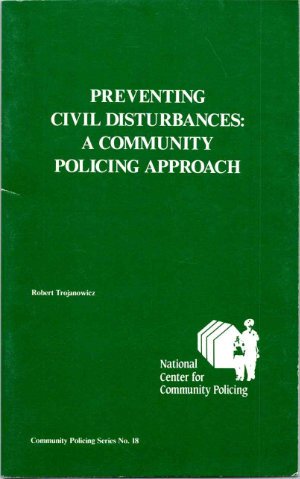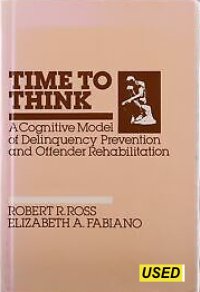By Robert Trojanowicz, Bruce Benson, and Susan Trojanowiez
Community Policing: University Input into Campus Police Policy-Making delves into the vital intersection of academia and law enforcement on college campuses. Authored by a team of experts in both fields, this book illuminates the importance of incorporating university stakeholders in shaping campus police policies. Drawing on real-world examples and research data, the authors explore the benefits and challenges of community policing strategies within the campus environment.
Through an insightful analysis, Community Policing emphasizes the significance of mutual understanding and collaboration between campus law enforcement and the diverse university community. This groundbreaking work serves as a comprehensive guide for policymakers, campus administrators, law enforcement professionals, and academics seeking to enhance campus safety and foster positive relationships among all members of the university ecosystem.
National Neighborhood Foot Patrol Center School of Criminal Justice Michigan State University. 1986. 48p.





















